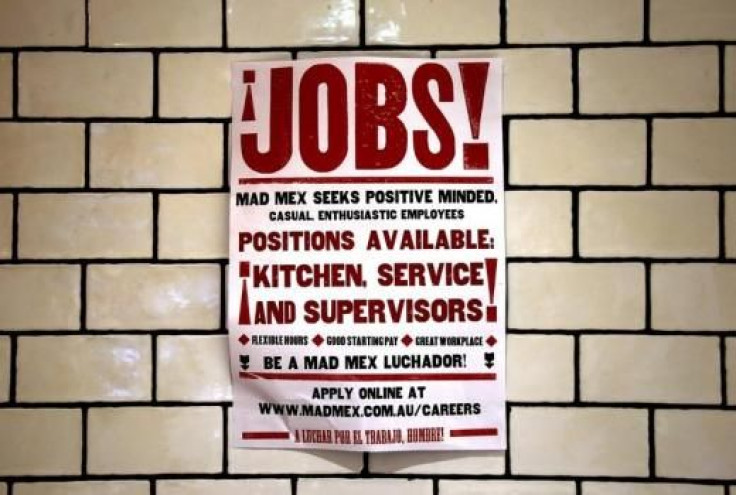Western Sydney is a new ‘epicentre’ for jobs

Job seekers in Australia can head to Western Sydney, where 4,000 new jobs are created each month, to find work. According to recent figures, the region has become the nation’s new job hotspot.
New figures indicate that the unemployment rate in Western Sydney is at a nine-year low, sitting at 5.4 percent. The past year saw the creation of up to 48,800 jobs.
9NEWS has obtained exclusive figures showing the August unemployment rate in Penrith and the Blue Mountains getting lower at 4.3 percent. It is expected that by 2031, the western suburbs will post over half of all new jobs in Sydney.
Australia’s third biggest economy
Western Sydney Minister Stuart Ayres said there is no doubt the Western Sydney economy is doing well at the moment. Data from the NSW Department of Industry shows that construction is the highest area of demand with several projects in the west. These include WestConnex, transport and logistics projects around Eastern Creek.
Construction boom here also includes the Parramatta Stadium being built and Badgerys Creek airport as well as housing construction. Some businesses benefit from this progress.
Another industry that has become a source of job is retail. Businesses in the western suburbs recognise that the region has become an “epicentre” for jobs, 9NEWS notes.
Part-time jobs
Meanwhile, almost 10,000 full-time jobs in South Australia disappeared from the state’s economy between 2011 and 2016. As a result, more people in SA are working part-time.
According to new census figures, the number of people working full-time has dropped from around 445,000 to 435,000. As for those working part-time, they grew in number from 22,000 to 270,000.
The “Health Care and Social Assistance” sector is now the largest industry in the state. It includes workers like aged and child care staff. Early childhood teacher and enrolled and mothercraft nurses are also fast-growing occupation.
But the manufacturing sector declined to almost 60,000 from 78,000 jobs last year. The drop in the number of people employed in clerical, administrative and retail jobs may have something to do with automation.
Retail trade is still the state’s second-biggest industry with nearly 80,000 employees. This was confirmed by census program manager Bindi Kindermann. “Manufacturing was overtaken by education and training as the third largest industry,” Kindermann said.
Some time-poor Australians are outsourcing household cleaning. Based on the census, the number of domestic cleaners rose by 130 percent to 37,000 across Australia.
TheRealNews/YouTube






